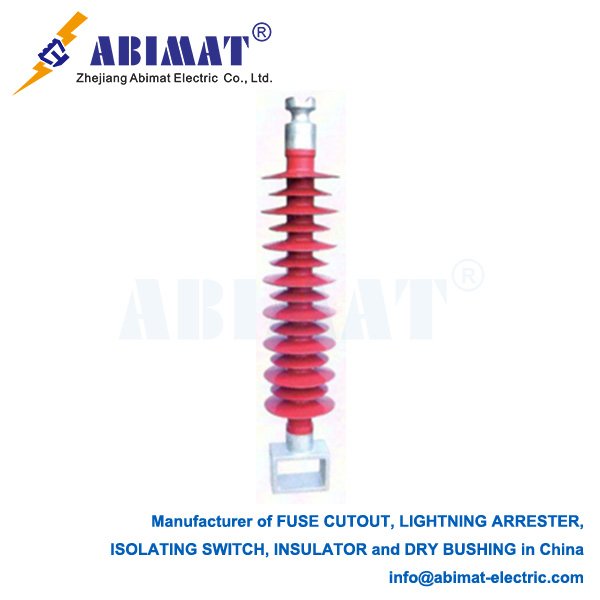11kV Polymer Insulators: Technical Overview
Introduction
11kV polymer insulators—people also call them composite insulators—are key parts in medium-voltage distribution networks. They hold up energized conductors and keep them electrically separate from grounded structures. They can handle different environmental pressures too. These insulators have become widely used because they’re a modern choice instead of traditional porcelain and glass types.
Structure and Materials
A typical 11kV polymer insulator has three main parts. The first is the core—it’s a fiberglass reinforced epoxy resin (FRP) rod. This rod gives the insulator high mechanical strength to resist pulling. Next is the weathersheds. These are the outer housing and sheds, made from silicone rubber (SIR) or ethylene propylene diene monomer (EPDM) elastomer. They protect the core from damage caused by the environment, and they also provide the needed leakage distance. The third part is the end fittings. These are metal parts—usually hot-dip galvanized steel or aluminum. Workers crimp them onto the FRP rod, and they’re used to connect the insulator to the support structure and the conductor.
Key Advantages
One big advantage is that they’re lightweight. They’re much lighter than porcelain insulators of the same type. This makes them easier to handle, and it also reduces the load on the structures they’re attached to. Another advantage is high resistance to vandalism. The polymer outer layer can take impact without breaking easily. They also have excellent hydrophobicity. The silicone rubber sheds push water away—this stops a continuous conductive water film from forming. This feature lowers leakage current, and it makes the insulators work better in dirty or wet conditions. Plus, they stand up well to UV rays and weather. The modern polymer mixes used to make them are designed for long-term use outdoors.

Applications in 11kV Systems
In 11kV systems, people use these insulators for several common jobs. They’re used for suspension and tension on distribution poles—holding the conductors in place and handling pulling forces. They also work as post-insulators for mounting things like distribution transformers, switchgear, and fuse cut-outs. And they’re used as spacers in bundled conductor setups—keeping the conductors apart properly.
Standards and Testing
Factories make and test these insulators following international standards. Two common ones are IEC 61972 and IEC 62217. There are several key tests they need to pass. One is mechanical load tests—also called Specified Mechanical Load (SML) tests. Another is power frequency withstand voltage tests. They also have to pass impulse withstand voltage tests. And there are salt fog tests—these check how well the insulators work in polluted conditions.
Conclusion
The abimat 11kV polymer insulator combines good mechanical strength, solid electrical performance, and strong resistance to the environment. Its ability to repel water is a big plus—especially for use in coastal areas or places with industrial pollution. It can work reliably for more than 25 years, and it doesn’t need much maintenance.


